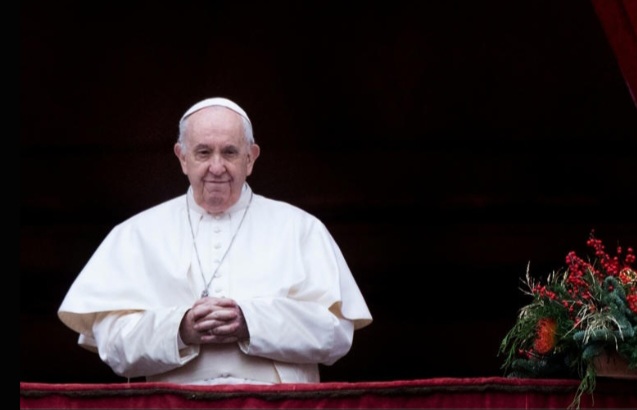Pope Francis’ health had been a growing concern for years, and his death marks the close of a papacy defined by sweeping reforms and significant global impact.
While he had recently battled respiratory issues—such as bilateral pneumonia and bronchial infections—his medical team determined that his death was ultimately due to a neurological event, most likely a stroke. This diagnosis reflects ongoing worries about his deteriorating health and the cumulative burden of chronic illnesses.
In February, he was hospitalized at Gemelli Hospital with severe bronchitis and a polymicrobial lung infection, requiring intensive treatment including high-flow oxygen and blood transfusions. He spent 38 days in care before being discharged in March, though he never fully resumed his typical public duties.
Throughout his life, Jorge Mario Bergoglio faced numerous health setbacks.
At 21, he had part of his right lung removed due to a serious infection. In later years, he underwent surgeries for diverticulitis, abdominal hernias, and gallbladder issues. Chronic knee pain led him to rely on a wheelchair over the past two years, as he avoided surgical intervention.
The Vatican is expected to announce funeral details shortly. Meanwhile, the College of Cardinals will prepare to convene a conclave to choose the next pope.
With Francis’ passing, the Church enters the sede vacante—the period when the papal seat is vacant—signaling a transition toward the next chapter of leadership following a transformative pontificate.













